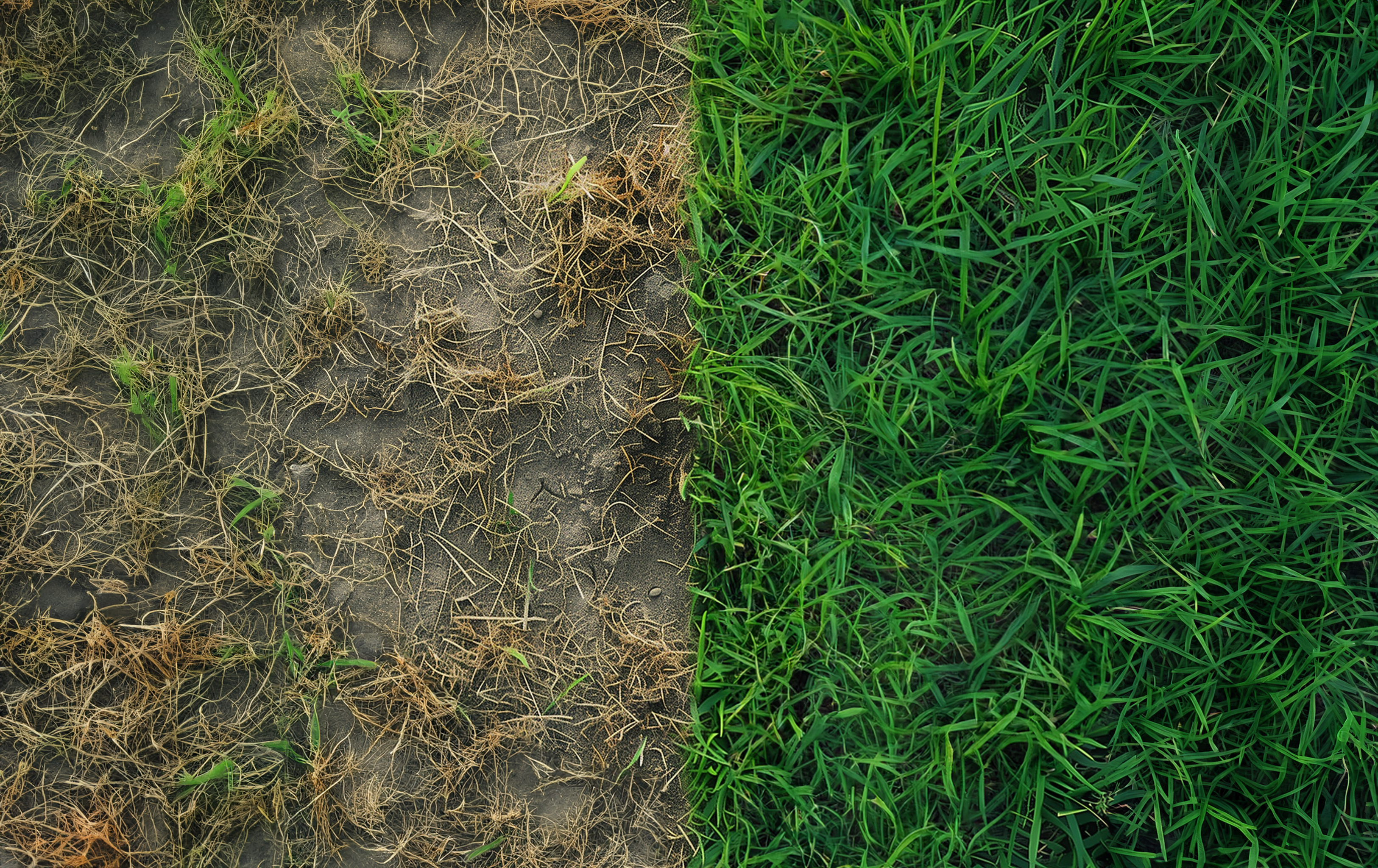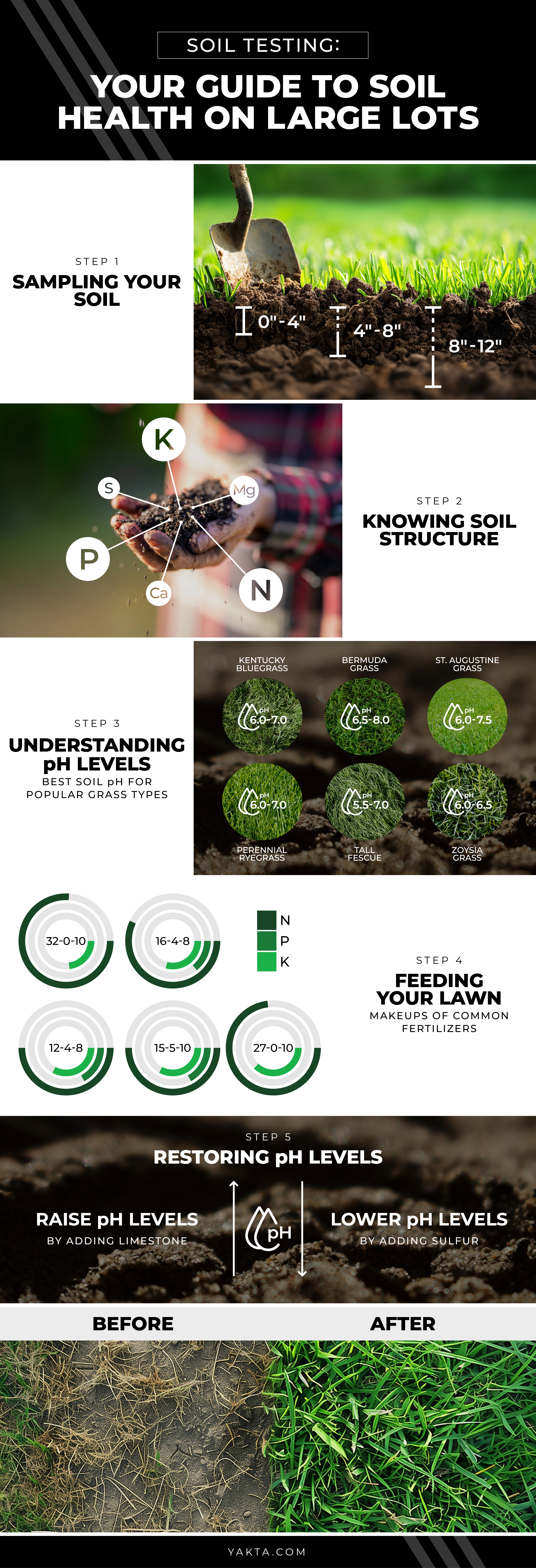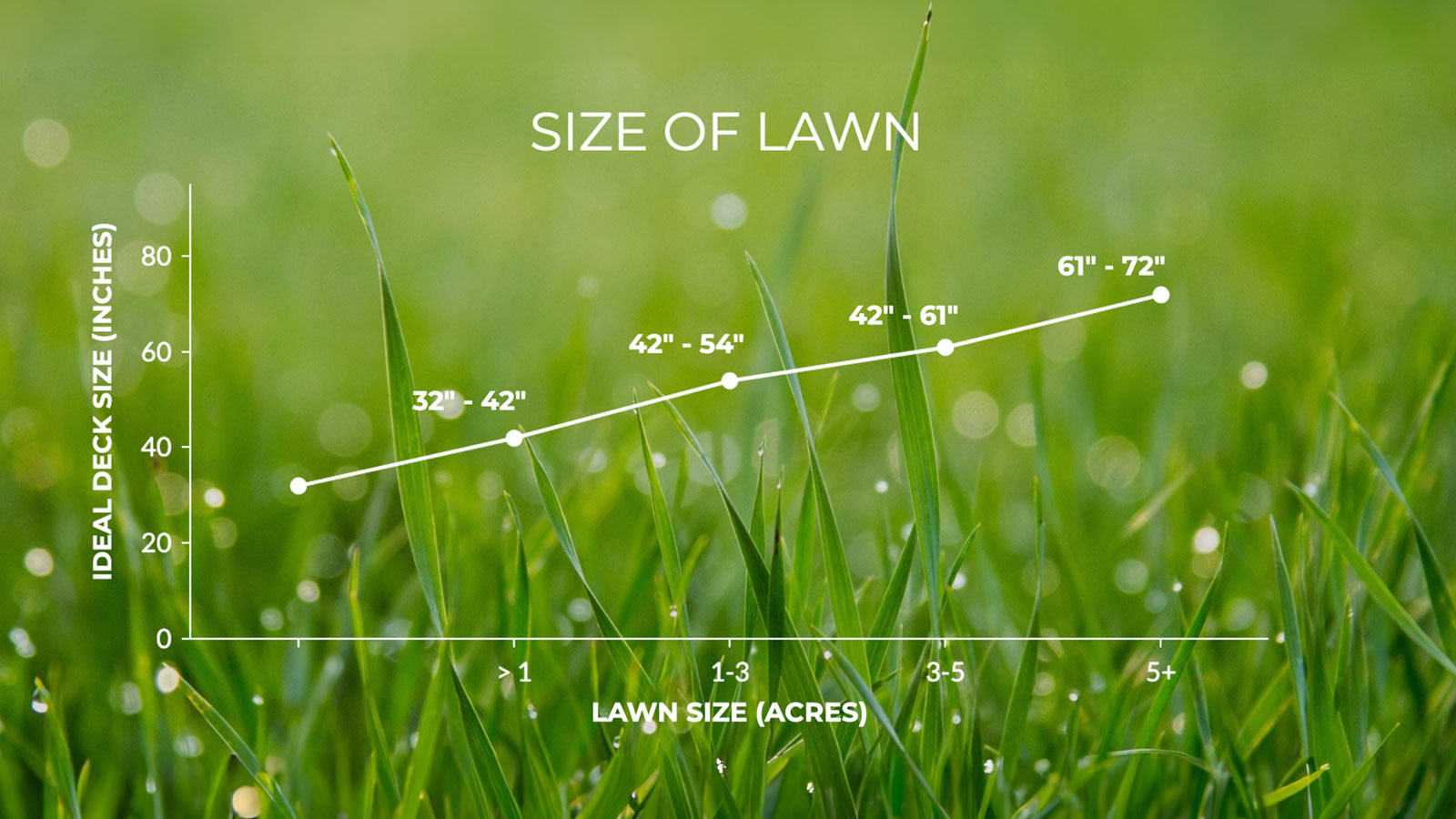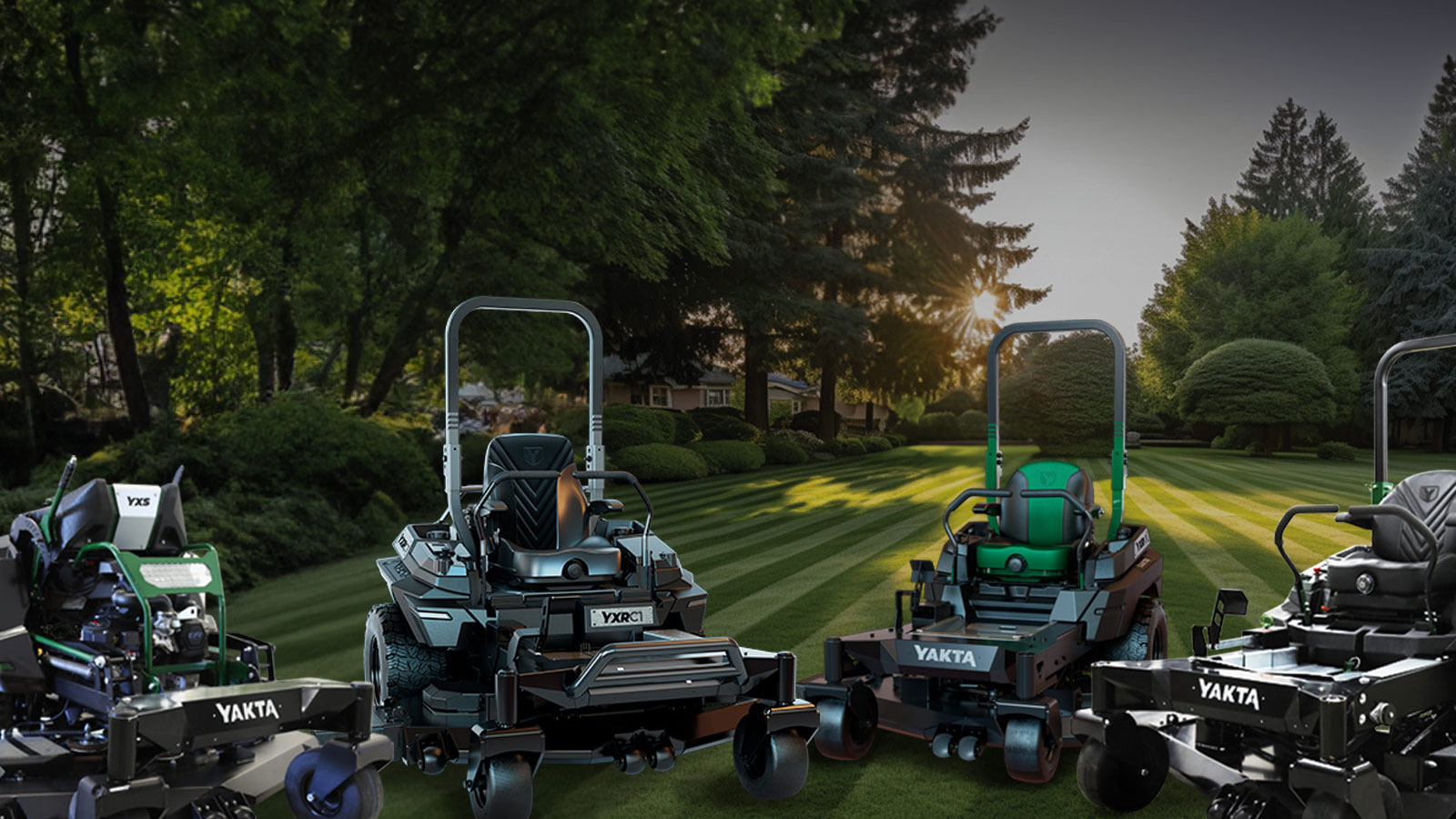
Soil Testing: Your Guide to Soil Health on Large Lots
By: Liane Carter | April 03, 2024
Testing your soil gives you a map that guides you to treat different sections with the right fertilizer for your grass to thrive. Healthy lawns start with the right ratio of nutrients and a soil pH level your grass needs to thrive across your large property. Spring is the best time to test your soil so you can feed your yard what it needs before the growing season kicks into high gear.

How to Collect Soil Samples
Separate your lawn into different sections. Keep in mind exposure to sunlight, surrounding vegetation, and the slope. Collect enough soil so you’ll have at least one cup for every sample at the end of the process.
Collect samples from different sections at different depths.
Put similar samples in a clean bucket, mix up the samples, and take out anything other than soil.
Let the sample dry for a day or two.
Mix it and break up any clumps.
Put about one cup of soil into a container or soil testing bag, which you can get at most local garden stores.
Label the container or sample bag so you know where you took the sample from in your yard and how deep the soil was.
Repeat the process for every area of your lawn you want to test. After you’ve prepared your samples, send them to a lab and wait for the results. Try your local agriculture department or search online for other local options.
What Minerals Are Your Soil Made Of?
The soil test results will give you the ratio of important nutrients in your soil. The three main ones – phosphorus, nitrogen, and potassium – are what you’ll focus on when buying fertilizers.
Your soil has other minerals – known as secondary minerals – that support your goal for a lush lawn. These minerals include:
- Sulfur
- Magnesium
- Calcium
- Trace elements including iron, copper, zinc, boron, manganese, and molybdenum.
Fixing the pH Balance of Your Lawn
Your test results will also tell you the pH of your soil. Most popular grass types prefer to grow in slightly acidic to neutral soil – around 6.0-7.0 pH. But different grasses prefer slightly different pH ranges.
- To raise the soil pH, add limestone.
- To lower the soil pH, add sulfur.
Great Lawns Start With Healthy Soil
Notice how your lawn changes throughout the season – how's your grass growing after making sure your soil has the nutrients it needs. You can test again in the fall to confirm the changes or to start planning for next year’s growth. To maintain a healthy lawn, you’ll want to test your soil at least every couple of years.
To maintain a healthy lawn for your large property, start with soil testing and continue with a quality cut. Make sure you have a mower that stands up to any challenge.




Leave a comment